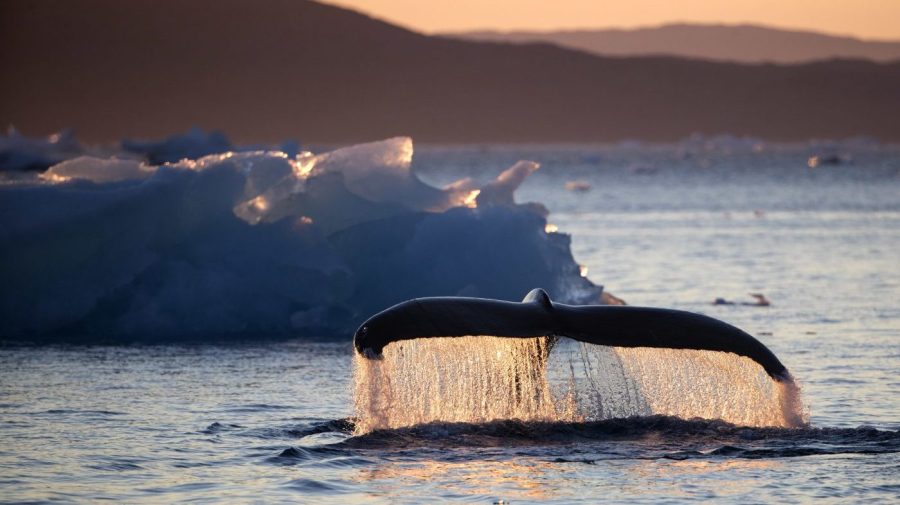
President Donald Trump has now made it abundantly clear that his desire for the U.S. to acquire Greenland is not simply a passing flight of fancy. American economic and security interests in Greenland are deeply rooted in U.S. history and strategy, going back to the 19th century, and journalists, commentators, foreign diplomats and denizens of the “deep state” do themselves a disservice by failing to recognize the president’s seriousness of purpose.
The time has come to stop debating Trump’s intentions and instead focus on how to implement the first major expansion of American territory since the McKinley administration, when Hawaii was annexed.
The Trump administration can begin by keeping one important fact in mind: For all the focus thus far on the reaction in Denmark to Trump’s comments, the Greenlanders themselves have made clear their desire for independence from Copenhagen. Not only has Greenland gradually attained autonomy from Denmark over the last several decades, but Greenlanders explicitly stated their desire for independence in coming decades in the nation’s 2024 defense policy documents.
Importantly, Greenland Prime Minister Mute Egede recently made clear that his people do not wish to be Danish and seek independence ultimately. So Trump will be dealing with a Greenlandic populace and leadership on the path to eventual sovereignty, not a recalcitrant Danish colony seeking permanent control by Copenhagen.
With this in mind, Trump could convene an immediate trilateral meeting with the prime ministers of Denmark and Greenland and propose several specific paths forward, premised on Greenland’s eventual independence from Denmark. As the Greenlanders have intentionally kept their desired timeline for leaving the Kingdom of Denmark vague, Trump would have considerable room to the maneuver in these discussions.
First, Trump can propose that, upon Greenland’s independence from Copenhagen as determined by the Greenlanders and Danes, America will be prepared to welcome Greenland as an “insular area” of the U.S. This status currently applies to 14 different entities, including three independent countries in “free association” with the U.S. and territories like Puerto Rico, Guam and the U.S. Virgin Islands (purchased from Denmark in 1916).
These “insular areas” are generally categorized as either “unincorporated organized territories” or “unincorporated unorganized territories.” The former, among which are Puerto Rico and Guam, are governed pursuant to an act of Congress and have considerable local control, as decided by Congress. The latter are generally governed with more direct input from Washington and less local control — likely a nonstarter for the Greenlanders.
Should the “unincorporated organized territory” route appeal to the Greenlanders, Trump could include an additional sweetener taken from a former insular area that eventually attained statehood — Alaska. Beyond the normal benefits that accrue to residents of all U.S. insular areas, the Greenlanders could be offered a version of the Alaska Permanent Fund, which distributes portions of the state’s oil and gas wealth.
The Alaska Permanent Fund is an institutional investor for future generations of Alaskans which also pays out the Permanent Fund Dividend — a guaranteed income for all residents who meet certain basic requirements. These can serve as a template for harnessing Greenland’s vast mineral wealth to the benefit of its citizens, with the understanding that American administration of the island will substantially assist in bringing that underground wealth to fruition.
The Trump administration can also easily contrast U.S. environmental and cultural sensitivity with that of the Chinese and Russians, who will be waiting for an independent Greenland in order to exploit the island with little regard for its inhabitants.
Second, Trump has a unique tool in his kit to offer the Greenlanders in negotiations. The U.S. has compacts of free association with three Pacific Islands — the Marshall Islands, the Federated States of Micronesia and Palau. These islands are independent countries, with independent foreign policies, whose defense and security is guaranteed by the U.S. Additional economic incentives have been offered to each of the three. In Palau’s case, that includes a trust fund that has done much to bolster the island’s long-term economic well-being.
Such a compact with Greenland could conceivably include independence, U.S. defense and security guarantees (including unrestricted U.S. military access) and the creation of an Alaska or Palau-style fund to responsibly administer and distribute portions of Greenland’s mineral wealth.
Finally, while Greenlandic independence from Denmark is sorted out, Trump can make immediate requests of America’s ally in Copenhagen. Denmark’s defense commitment to Greenland has been woefully inadequate to date, especially as Chinese and Russian adventurism in the Arctic grows. Denmark can pledge to immediately devote additional air, missile and naval assets to Greenland and, with the U.S., petition NATO for additional joint Arctic defense commitments. If NATO is serious about retaining relevancy in the 21st century, the defense of the Alliance’s Northern Flank must be a priority.
The American and European pundit class first dismissed Trump’s interest in Greenland as a joke. When that became untenable, it turned to blithely assuring the world that Trump lacked options to effectuate the historic American security interest in Greenland. Nothing could be further from the truth.
In the hands of an experienced dealmaker like Trump, the government has strong options to bring Greenland into the U.S. while strengthening our shared economic and security interests.
Alexander B. Gray, a senior fellow at the American Foreign Policy Council, served as deputy assistant to the president and chief of staff of the White House National Security Council from 2019 to 2021.

